What is Water Deionization?

What is Deionized Water?
Deionized water, often referred to as DI water or RODI water, is water that has had its ions removed. Ions are charged atoms or molecules in water that can carry either a positive (cation) or negative (anion) charge.
For many applications, these ions are considered impurities and must be eliminated to ensure the water's purity.
Let the Air, Water & Ice experts guide you through what deionized water is, what deionization removes from water, how deionized water is measured, and more.
What is Deionization?
Deionization, also known as demineralization, is the process of removing ions from water.
This is typically achieved through the use of ion exchange resins, which replace unwanted cations and anions with hydrogen (H+) and hydroxyl (OH-) ions, respectively, resulting in pure water (H₂O).
What Does Deionization Remove from Water?
Deionization effectively removes various dissolved salts and minerals, including:
- Calcium
- Magnesium
- Iron
- Sodium
- Chloride
- Sulfates
- Nitrates
- Carbonates
- Silica
- Iodine
How is Deionized Water Measured?
The quality of deionized water is measured by its electrical conductivity and resistivity. Conductivity indicates the water's ability to conduct electricity, while resistivity measures its opposition to electrical flow.
Since ions conduct electricity, deionized water, which contains very few ions, has low conductivity and high resistivity.
- Conductivity is measured in microsiemens per centimeter (µS/cm).
- Resistivity is measured in megohms per centimeter (MΩ·cm).
High-quality deionized water typically has a conductivity of 0.055 µS/cm and a resistivity of 18.2 MΩ·cm.
How Does Ion Exchange Work in Water Deionization?
Ion exchange resins are the key components in producing deionized water. These resins are small plastic beads made of organic polymers with charged functional groups that attract ions.
Cation Resin
Weak Acid Cation (WAC) and Strong Acid Cation (SAC). SAC is commonly used for producing deionized water.
Anion Resin
Contains positively charged groups that attract negatively charged anions. Weak Base Anion (WBA) and Strong Base Anion (SBA). Both are used for deionization, but they have different properties.
Regeneration of Ion Exchange Resins
To maintain their effectiveness, ion exchange resins need to be regenerated. Cation resin is regenerated with hydrochloric acid (HCl), where hydrogen (H+) ions replace the captured cations.
Meanwhile, Anion resin is regenerated with sodium hydroxide (NaOH), where hydroxyl (OH-) ions replace the captured anions.
Separate Bed vs. Mixed Bed Systems
Deionization requires at least two types of resins to remove both cations and anions.
Dual Bed System
Utilizes separate cation and anion exchange tanks. Water first passes through the cation resin tank, where cations are exchanged for hydrogen ions, and then through the anion resin tank, where anions are exchanged for hydroxyl ions.
However, this system can suffer from "sodium leakage," where sodium ions may not be fully exchanged, resulting in slightly impure water.
Mixed Bed System
Combines cation and anion resins in a single tank, allowing multiple cation/anion exchanges within the same bed.
This method produces the highest quality deionized water by minimizing sodium leakage through repeated exchanges.
Related: How to Replace DI Resin in Your RODI System
Water Deionization: In Conclusion
Deionized water is essential for many applications where water purity is critical. Understanding the deionization process, the role of ion exchange resins, and the differences between dual and mixed bed systems helps ensure the production of high-quality deionized water.
Have questions about water deionization? Contact the experts at Air, Water, & Ice by giving our team at call at (772) 461-0256 , or by emailing us at sales@airwaterice.com. We've been providing professional DI Resin/Deionization products and services since we first opened in 1982.


 RODI SYSTEMS
RODI SYSTEMS
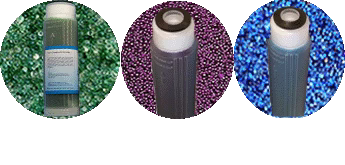 DI RESIN - DEIONIZATION
DI RESIN - DEIONIZATION
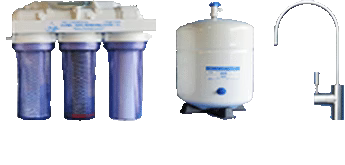 RO SYSTEMS
RO SYSTEMS
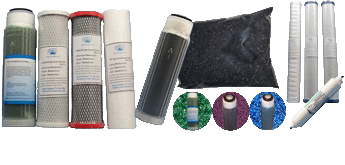 FILTERS
FILTERS
 MEMBRANES
MEMBRANES
 WATER TESTING
WATER TESTING
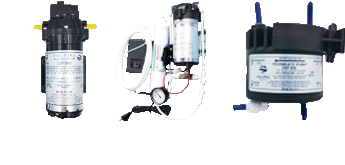 RO/RODI PUMPS
RO/RODI PUMPS
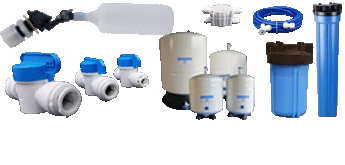 PARTS & FITTINGS
PARTS & FITTINGS
 FAQ
FAQ
Leave a comment